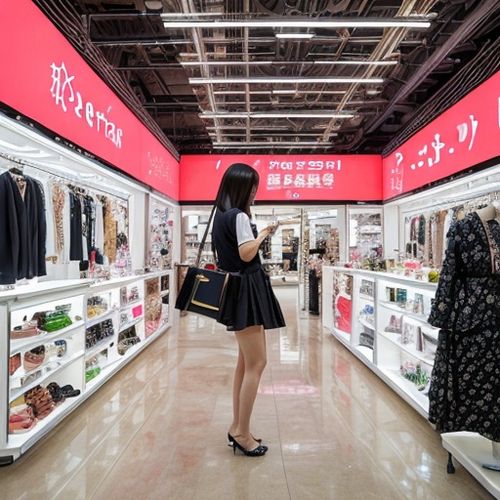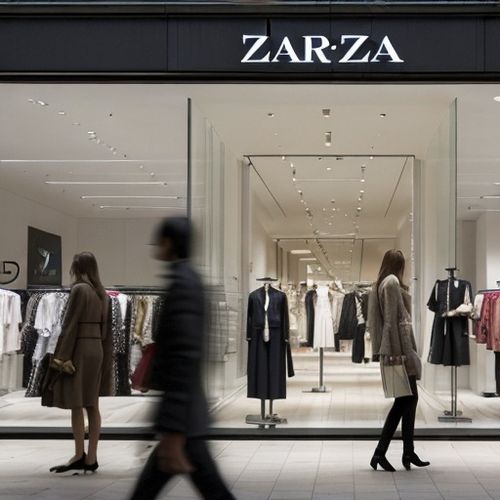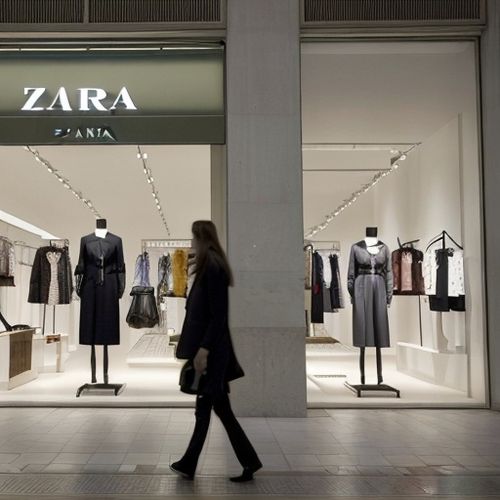Zepeto, once hailed as South Korea's breakout metaverse platform, is facing an unexpected stagnation in user growth. The app, which gained global attention for its hyper-stylized avatars and Gen Z-friendly social features, has seen its momentum slow dramatically after years of exponential expansion. Industry analysts are now peeling back the layers of this slowdown, revealing complex challenges beneath the platform's candy-colored surface.
At its peak, Zepeto mastered the art of digital self-expression. Users flocked to create miniature versions of themselves that could dance through virtual landscapes or pose for selfies with friends' avatars. The platform became particularly popular among teenage girls across Asia, with its parent company Naver Z reporting over 300 million registered users by 2022. Yet behind these impressive numbers lies a troubling trend—monthly active users have plateaued, and retention rates are dropping faster than the company anticipated.
The metaverse gold rush that propelled Zepeto's early success may be turning into a cautionary tale about the difficulties of sustaining virtual communities. Unlike traditional social media platforms that benefit from network effects, metaverse environments require constant technological innovation and content updates to maintain user interest. Zepeto's development team appears to be struggling with this relentless pace, as users complain about repetitive experiences and a lack of meaningful updates to the core platform.
Cultural shifts are also working against Zepeto's growth. The platform rose to prominence during pandemic lockdowns when virtual hangouts filled a very real social void. As physical gatherings returned, the novelty of digital meetups wore off for many casual users. What initially felt like an exciting alternative to real-world interaction now strikes some users as an inferior substitute—especially younger demographics who prioritize authentic experiences over curated digital personas.
Monetization pressures have created additional friction. Zepeto's business model relies heavily on selling virtual clothing and accessories for avatars, with some designer collaborations costing real-world equivalent prices. While this worked well during the platform's hype cycle, sustaining such microtransactions requires delivering continuous value that many users feel is lacking. The platform's attempt to expand into virtual concerts and branded experiences has yielded mixed results, often feeling more like advertisements than genuine community events.
Technical limitations are becoming increasingly apparent as well. Compared to newer metaverse platforms leveraging advanced VR technology, Zepeto's mobile-first approach now feels dated. The app suffers from performance issues on older smartphones, and its graphics—once charmingly stylized—appear simplistic next to competitors' offerings. This technological gap makes it difficult to attract the early adopters who typically drive platform growth and set cultural trends.
Perhaps most damaging is the platform's struggle to maintain its cultural relevance. Zepeto thrived by tapping into K-pop fandoms and street fashion trends, but keeping pace with internet culture's rapid evolution has proven challenging. Recent attempts to court Western audiences through partnerships with global celebrities have fallen flat, coming across as inauthentic to both international users and Zepeto's core Asian user base.
The company's response to these challenges has been telling. Rather than doubling down on community building, Naver Z has focused on enterprise solutions—helping brands create virtual storefronts and digital marketing campaigns. While this may shore up revenue in the short term, it risks alienating the casual users who originally made the platform vibrant. The increasing commercialization of spaces once meant for organic social interaction could accelerate user disengagement.
Looking ahead, Zepeto stands at a crossroads common to many metaverse ventures. The platform must decide whether to pursue mainstream adoption through technological upgrades and broad appeals, or to nurture its niche communities with deeper customization and social features. Its parent company's considerable resources suggest Zepeto won't disappear overnight, but without significant reinvention, the platform risks becoming another digital ghost town—a cautionary example of how quickly virtual worlds can fall out of fashion.
Industry observers note that Zepeto's struggles reflect broader challenges facing social metaverse platforms. The initial excitement about persistent virtual worlds has cooled as companies grapple with the realities of maintaining these complex digital ecosystems. User expectations have skyrocketed, while attention spans have shortened—a dangerous combination for platforms requiring significant time investment to appreciate.
What remains unclear is whether Zepeto's stagnation represents a temporary setback or a fundamental limitation of its vision. The platform succeeded by making the metaverse approachable and fun at a time when competitors focused on technological spectacle. Now it must rediscover that original magic while addressing the sophisticated demands of users who have outgrown its initial offerings. The solution may lie not in chasing trends, but in redefining what a social metaverse can be for the next generation of digital natives.

By Ryan Martin/Apr 7, 2025

By Ryan Martin/Apr 7, 2025

By David Anderson/Apr 7, 2025

By Olivia Reed/Apr 6, 2025

By Daniel Scott/Apr 6, 2025

By Victoria Gonzalez/Apr 6, 2025

By John Smith/Apr 6, 2025

By Elizabeth Taylor/Apr 6, 2025

By James Moore/Apr 6, 2025

By Megan Clark/Apr 6, 2025

By Daniel Scott/Apr 6, 2025

By William Miller/Apr 6, 2025

By Samuel Cooper/Apr 6, 2025

By Amanda Phillips/Apr 6, 2025

By Natalie Campbell/Apr 6, 2025

By Noah Bell/Apr 6, 2025

By Elizabeth Taylor/Apr 6, 2025